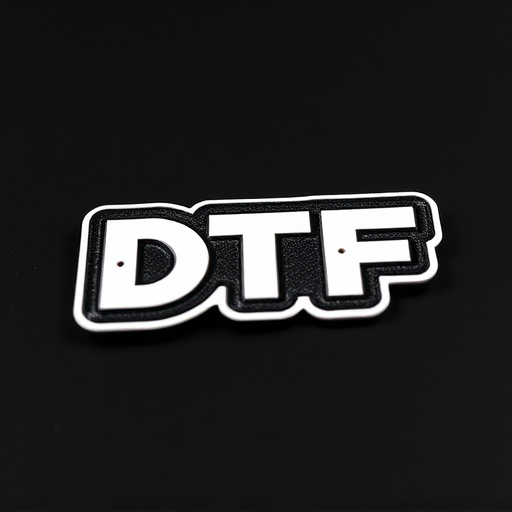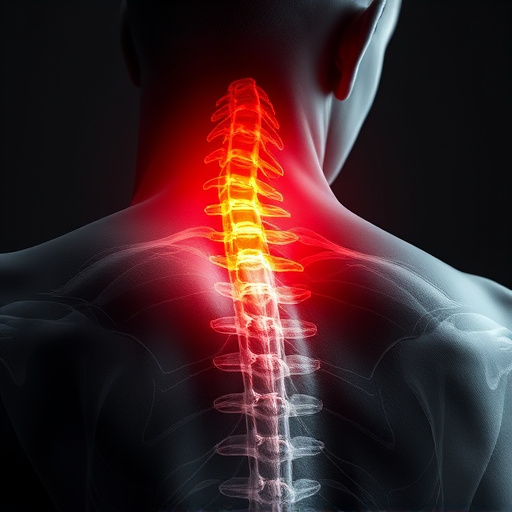Federal workplace injury laws protect US employees from work-related injuries, including chronic conditions like lower back pain. OSHA enforces these regulations, sets safety standards, and guides claim processes. Employees experiencing muscle issues or chronic pain may be eligible for workers' comp benefits covering medical expenses, wage loss, and disability coverage. Understanding and navigating these laws is vital for justice and proper care. Occupational diseases require prompt documentation of symptoms and medical attention for diagnosis. Claim filing involves reporting the condition to employers within a timeframe using incident reports, followed by seeking medical treatment.
Navigating the process of filing an occupational disease as a workplace injury can be intricate, but understanding the federal workplace injury laws is key. This comprehensive guide aims to demystify the procedure for workers across the nation. We’ll explore how to identify and document these diseases, then walk you through the steps—from gathering evidence to submitting claims—to ensure your rights are protected. By the end, you’ll be equipped with the knowledge to advocate for yourself in this complex landscape.
- Understanding Federal Workplace Injury Laws
- Identifying and Documenting Occupational Diseases
- Filing a Claim: Steps and Considerations
Understanding Federal Workplace Injury Laws

In the United States, federal workplace injury laws are a crucial framework for protecting employees from work-related hazards and providing compensation for any resulting injuries or illnesses. These laws are designed to ensure safe working conditions and offer financial support to those affected by on-the-job incidents. The Occupational Safety and Health Administration (OSHA) plays a pivotal role in enforcing these regulations, setting standards for workplace safety, and offering guidelines for filing claims.
When it comes to occupational diseases, especially lower back pain resulting from repetitive motions or awkward positions, understanding the legal process is essential. If an employee experiences muscle recovery issues or chronic back pain due to their job, they may be eligible for workers’ compensation benefits. This includes medical expenses, wage replacement, and in some cases, long-term disability coverage. Navigating federal workplace injury laws can be complex, but it’s a necessary step towards ensuring justice and proper care for those suffering from work-related injuries, such as car accident injury care or chronic muscle recovery issues.
Identifying and Documenting Occupational Diseases

Identifying an occupational disease requires a keen awareness of symptoms that may be related to your work environment. These symptoms can manifest over time and might include recurring pain, fatigue, or respiratory issues. It’s crucial to pay attention to any unusual health changes that don’t seem connected to regular wear and tear from daily activities. Documenting these experiences is key; keep a record of when symptoms started, what tasks you were performing, and any relevant details about your work conditions.
Proper documentation involves noting the date, time, and location of incidents, as well as describing the specific tasks or exposures that might have contributed to the condition. This can include information on workplace hazards like repetitive motions, exposure to chemicals, or prolonged periods in an awkward posture. Additionally, consider seeking medical attention early, as healthcare professionals can play a vital role in diagnosing and documenting soft tissue injuries, which are common occupational diseases. Chiropractic treatment and spinal adjustments may be recommended as part of the healing process.
Filing a Claim: Steps and Considerations

Filing a claim for an occupational disease as a workplace injury involves several crucial steps and considerations. The first step is to familiarize yourself with your rights under federal workplace injury laws, which vary by country or region. Researching and understanding these laws is essential to ensure you file your claim correctly. Seek out official resources or consult with legal professionals who specialize in workplace injuries for guidance.
Once you’ve gathered the necessary information, initiate the claim process by reporting the occupational disease to your employer within the prescribed timeframe. This typically involves completing a formal incident report form. Document all details related to the condition, including when it manifested, potential exposure factors at work, and any relevant symptoms or medical diagnoses. Additionally, consider seeking medical treatment for back pain relief or other health concerns resulting from the occupational disease, as proper wellness care can be vital in auto accident recovery and managing chronic conditions.
Understanding federal workplace injury laws is crucial for recognizing and filing claims for occupational diseases. By identifying and documenting these conditions, you can navigate the process of filing a claim efficiently. Remember that each step, from initial recognition to submitting evidence, is essential in ensuring your rights are protected. In terms of securing compensation for work-related illnesses, knowledge and timely action are your best allies.














